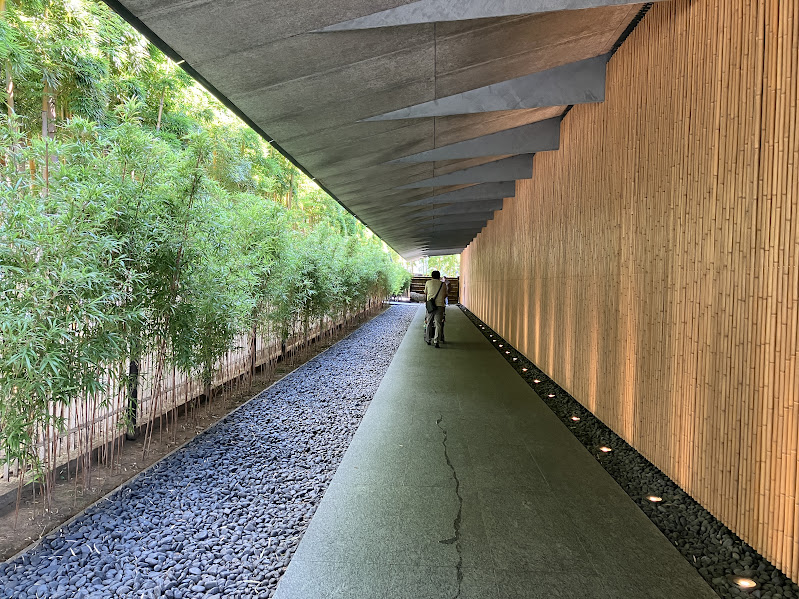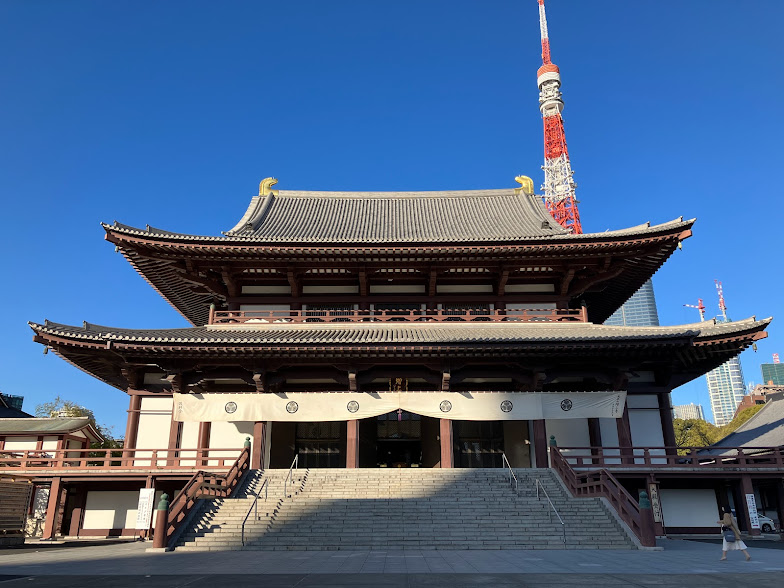The big three of Japanese gardens in Tokyo are Rikugien Gardens, Koishikawa Korakuen Gardens, and Hamarikyu Gardens. These are famous daimyo (feudal lord) gardens.
However, there are some gardens that I find much more interesting and beautiful.
Here are my personal top 3!
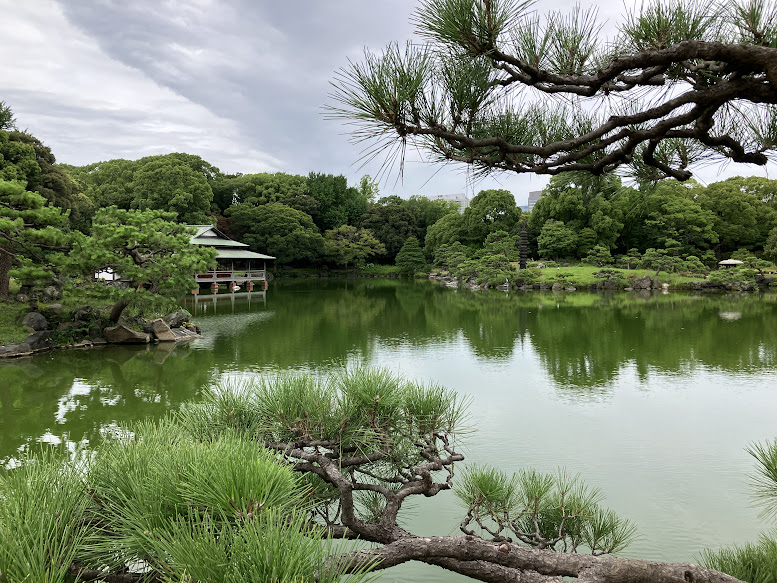
1. Kiyosumi Gardens
Kiyosumi Gardens is an authentic Japanese garden. It is known as a garden of rocks and pines, and has a masculine feel to it.
It was a feudal lord’s residence during Edo period, which was later bought by Mitsubishi’s founder, and then donated to Tokyo.
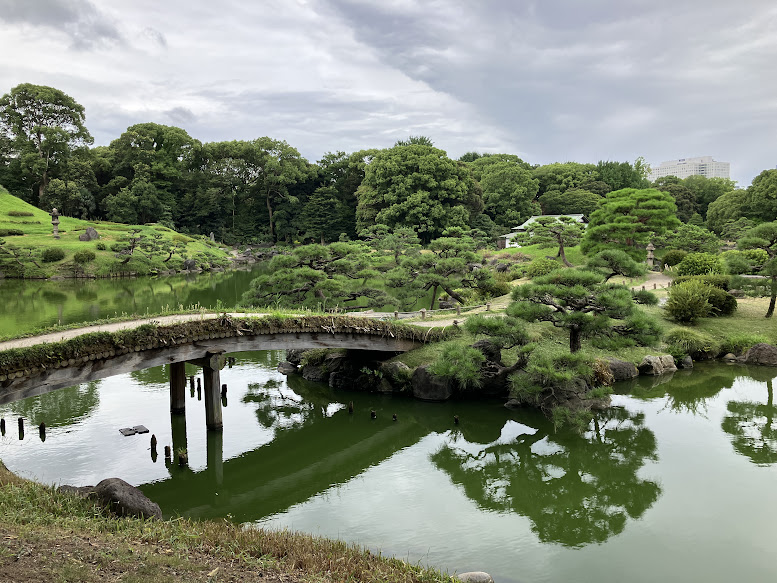
Many of the gardens in Tokyo are towered by tall buildings, but Kiyosumi Gardens is free of this.
Still, it is easy access from central Tokyo: only 7 minutes on subway from Otemachi Station (Otemachi Station is connected to Tokyo Station).
Impressive rocks are placed throughout the garden. The garden surrounds a pond, and hopping around on the stepping stones adds some fun to the experience.

Depending on the season, you’ll see wild birds, variety of dragonflies, and butterflies. There are some softshell turtles in the pond. They act super friendly, but be careful because they bite. There’s a Japanese saying that once they bite you, they won’t let go until thunder comes.
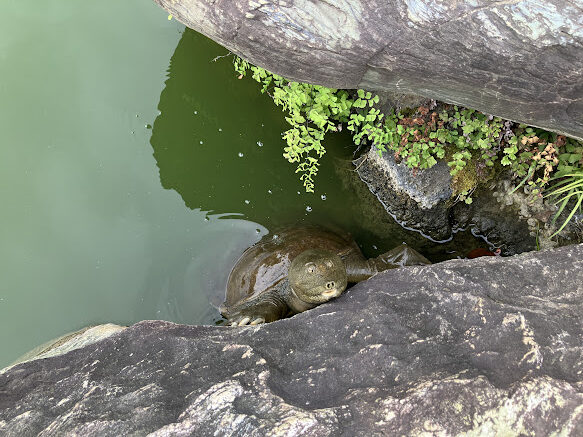
Stones and pebbles make it a bit difficult, but you can go half of the garden in a wheelchair/stroller.
Location: Kiyosumi-shirakawa Station (Oedo & Hanzomon Line), 5 min walk
Hours: 9AM-5PM
Time spent: 1 Hr
Entrance Fee: ¥150
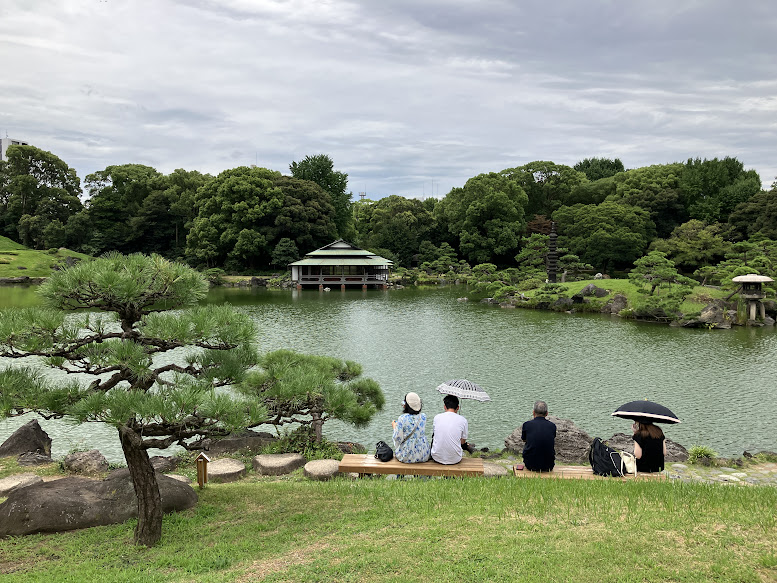
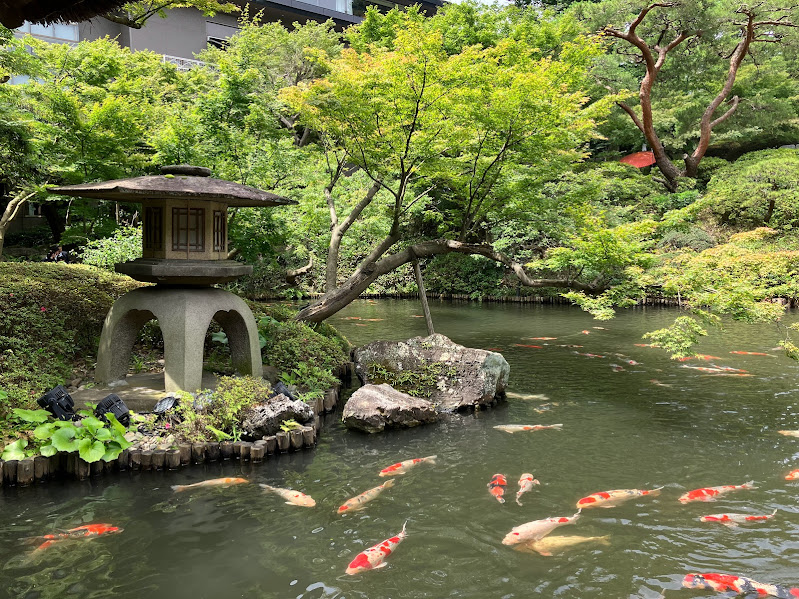
2. Happo-en
Happo-en was a high ranking samurai’s mansion during Edo period, which was later made into a Japanese restaurant, and now a popular wedding venue. Japanese prime minister invited President Biden for dinner here in 2022.
Happo-en welcomes anyone to visit just the garden. No reservations, no fee. The garden is very well maintained, and you’ll see people having wedding photo shoots.
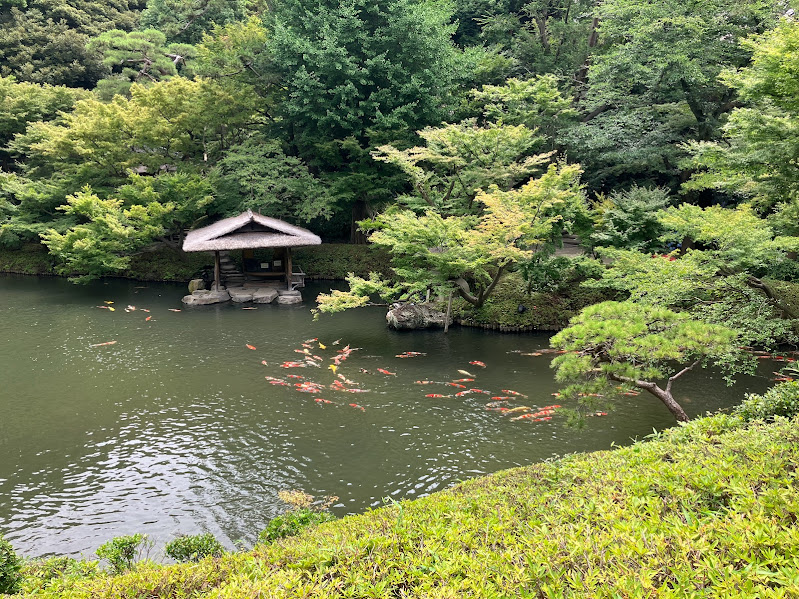
There’s a beautiful koi pond. But the star of the show (for me) is their bonsai collection. I was never interested in bonsai until I saw these.

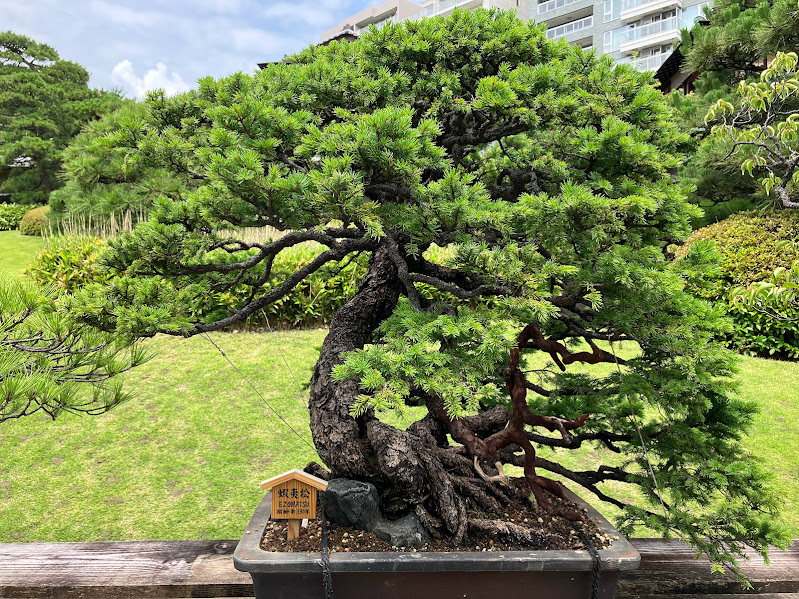
Happo-en is near Shinagawa, but doesn’s have good train access. If you’re in Shinagawa area, quick taxi ride might be easier.
Location:
- Shirokanedai Station (Mita & Namboku Line), 5 min walk
- Shinagawa Station, 15 min taxi (around ¥1500)
Hours: 11AM-8PM (Weekdays), 9AM-8PM (Weekends)
Time spent: 30 min
Entrance Fee: Free!
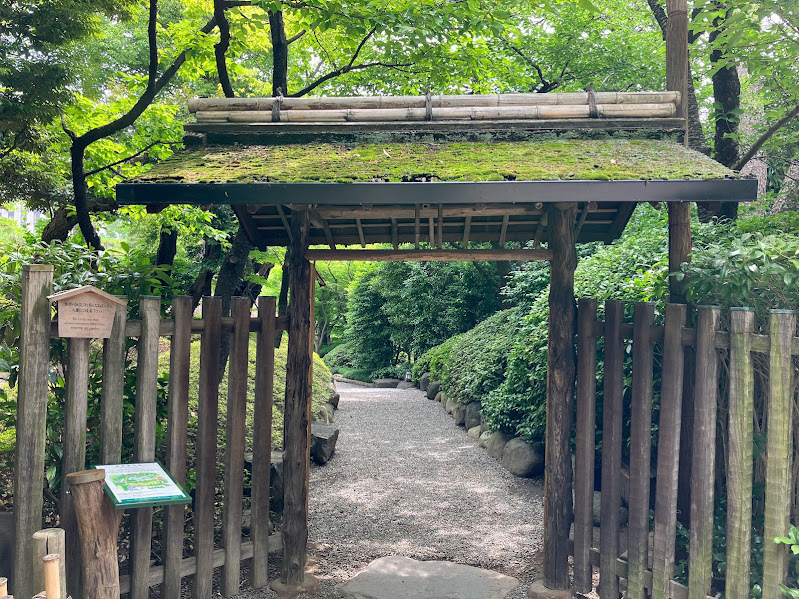
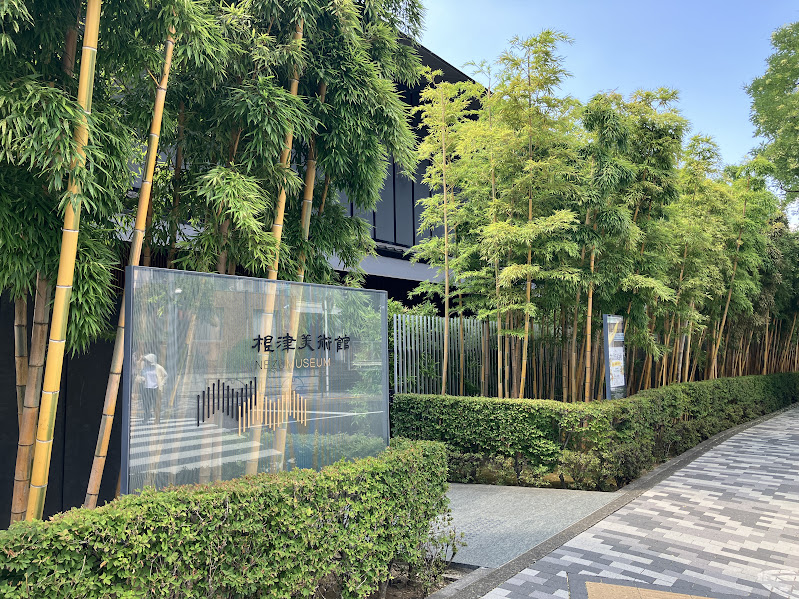
3. Nezu Museum
Nezu Museum in Omotesando/Aoyama (near Shibuya) has a collection of Japanese and Asian arts.
The museum opened in 1941 on the site of former Nezu family residence. It was rebuilt in 2009 by a famous architect Kengo Kuma. The architecture is traditional Japanese style with a modern twist.
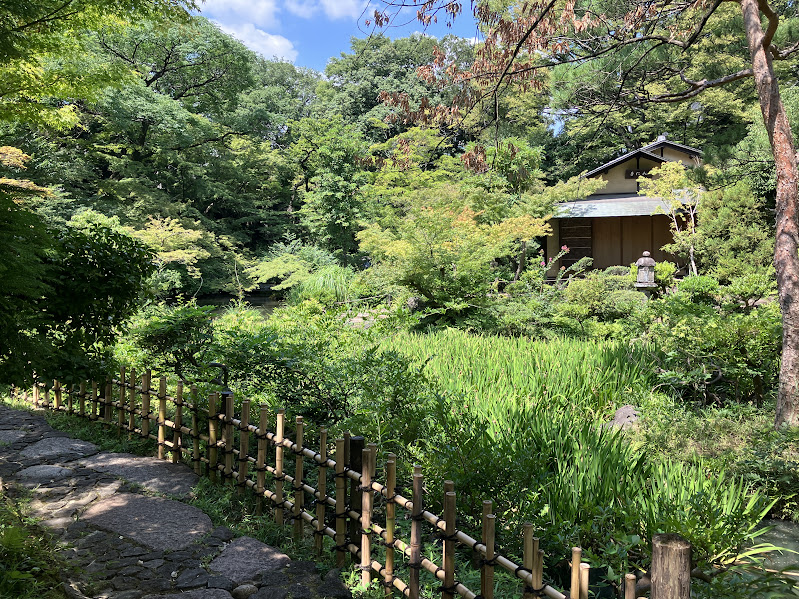
The museum itself is not that big but has a large garden. The garden is like a small forest with tea houses scattered around. It feels like you time travelled to old Japanese countryside.
You have to pay for the museum to see the garden. Depending on the exhibition, it’s 1500 or 1300 yen.
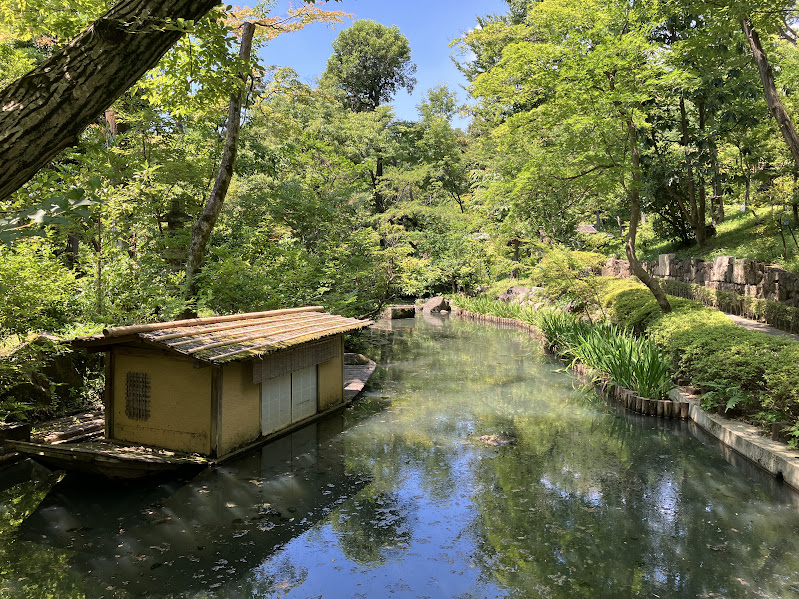
Nezu Museum houses the famous golden Irises screen by Korin Ogata. They usually have an exhibition displaying this around mid-April to mid-May. The garden has an Iris pond, which blossoms around the same time, and this is the best and busiest season for the museum.
Make online reservation especially during busy season. Nezu Museum official website
Location: Omotesando Station (Ginza, Hanzomon & Chiyoda Line ), 10 min walk
Hours: 10AM-5PM, closed Mondays (Tuesday if Monday is holiday) and between exhibitions
Time spent: 1-2 Hr (for both museum and garden)
Entrance Fee: ¥1300 or ¥1500 depending on exhibition. Reservation recommended: Nezu Museum official website
